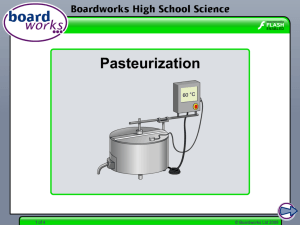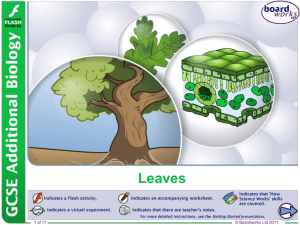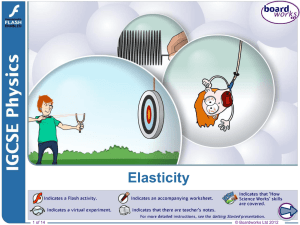The Carbon Cycle
advertisement
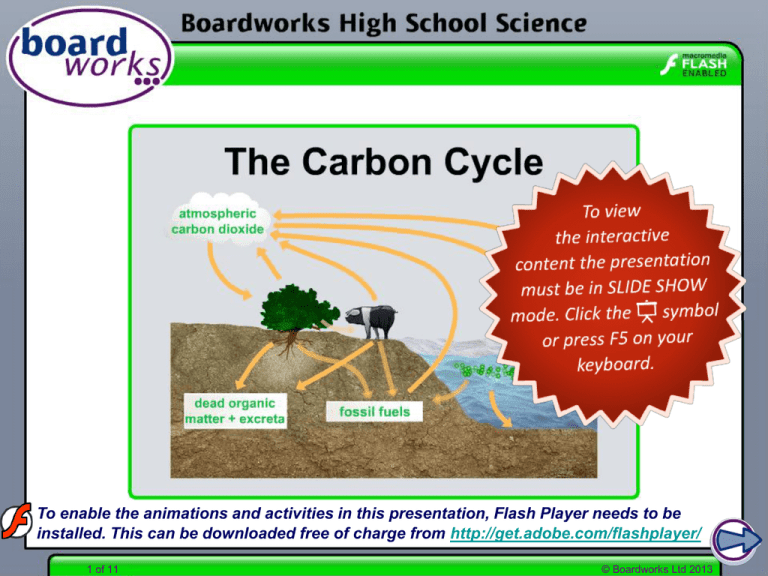
To enable the animations and activities in this presentation, Flash Player needs to be installed. This can be downloaded free of charge from http://get.adobe.com/flashplayer/ 1 of 11 © Boardworks Ltd 2013 This sample is an excerpt from one presentation on The Carbon Cycle in Boardworks High School Earth Science, which contains 61 interactive presentations in ©total. 2 of 11 Boardworks Ltd 2013 The carbon cycle Carbon is a vital building block of all biological molecules. These molecules are synthesized by photosynthetic organisms. Carbon is returned to the atmosphere by respiration. Organisms obtain carbon from the atmosphere. However, carbon dioxide only accounts for 0.038% of the gas in the Earth’s atmosphere. Variation in the rates of photosynthesis and respiration can give rise to short-term fluctuations in the atmospheric carbon dioxide levels. 3 of 11 © Boardworks Ltd 2013 The carbon cycle 4 of 11 © Boardworks Ltd 2013 What happens in each process? 5 of 11 © Boardworks Ltd 2013 Oceans Carbon dioxide moves between the atmosphere and the ocean by diffusion. This movement occurs when there is a difference in CO2 gas pressure between the two. The oceans contain more carbon than the atmosphere, because CO2 that has diffused into the sea reacts with the water to form carbonic acid and its dissociation products. This effectively reduces the CO2 gas pressure in the water, allowing more diffusion from the atmosphere. 6 of 11 © Boardworks Ltd 2013 Effect of carbon dioxide on the oceans The diffusion of carbon dioxide between the ocean and the atmosphere helps the atmospheric carbon dioxide levels to remain relatively constant during short-term fluctuations. However, scientists are concerned about the impact of increased diffusion. A constant increase in carbonic acid levels and dissociation products could lead to a decrease in pH. This is known as ocean acidification. It is thought that this could slow the rate of growth of coral reefs and affect phytoplankton populations. 7 of 11 © Boardworks Ltd 2013 Plankton Marine phytoplankton account for a large amount of the global biological uptake of carbon dioxide. They absorb carbon dioxide and release oxygen during photosynthesis. Plankton use carbon to produce calcium carbonate (CaCO3) shells. When plankton die, their shells sink to the ocean floor and are buried in the sediment. Over time this can form limestone and chalk, locking away the carbon. 8 of 11 © Boardworks Ltd 2013 Human activity Globally the concentration of carbon dioxide in the atmosphere has increased over the last few hundred years. This is thought to be influenced by human activity. The combustion of fossil fuels and deforestation have contributed to the increase. Deforestation has removed huge numbers of photosynthesizing plants. This then causes less carbon dioxide to be removed from the atmosphere by biomass. 9 of 11 © Boardworks Ltd 2013 Global flows of carbon 10 of 11 © Boardworks Ltd 2013 11 of 11 © Boardworks Ltd 2013
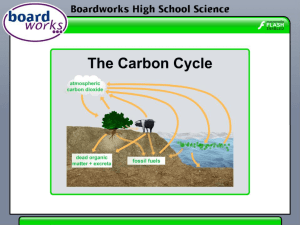



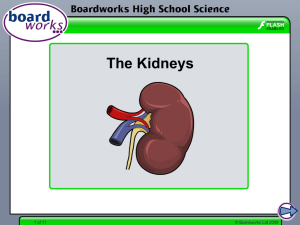
![Direction_and_Scale[1]](http://s2.studylib.net/store/data/005432475_1-80ce3065f13008250a8cdec135db9846-300x300.png)
